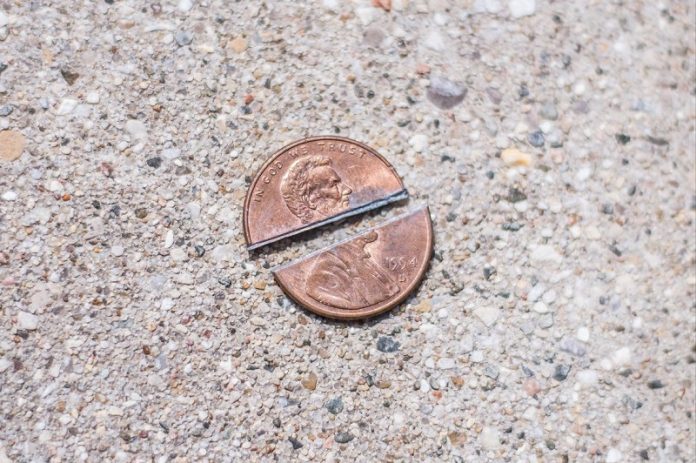
Cancer treatments, known for their sky-high prices, might soon become more affordable thanks to groundbreaking research by UCLA chemists.
Led by Professor Ohyun Kwon, an expert in organic chemistry, this team has developed an innovative and budget-friendly way to produce vital drug molecules, potentially revolutionizing the pharmaceutical industry.
Currently, some cancer drugs are extremely expensive to make. For instance, one chemical used in anti-cancer drugs costs a staggering $3,200 per gram—50 times the price of gold.
These high production costs translate to hefty price tags for patients who desperately need these medications.
UCLA’s Cost-Cutting Solution
The UCLA research team tackled this problem head-on by finding a cheaper way to produce these essential drug molecules.
They turned a chemical costing just $3 per gram into a valuable drug molecule, slashing production costs drastically.
Their method doesn’t just apply to cancer drugs; it can also be used to produce various chemicals for medicine and agriculture at a fraction of the usual cost.
The Science Behind the Discovery
The process they developed is called “aminodealkenylation.”
It might sound complex, but here’s the simple explanation: The researchers used oxygen and copper to transform ordinary organic molecules into something much more valuable.
They broke carbon-carbon bonds in these molecules and replaced them with carbon-nitrogen bonds, creating compounds called amines.
Amines are crucial in the world of pharmaceuticals and agriculture. They’re strong interactors with molecules in living organisms, making them key ingredients in many drugs and agricultural chemicals.
From everyday substances like nicotine and morphine to neurotransmitters like dopamine, amines are everywhere. They’re also in fertilizers, herbicides, and pesticides.
Normally, producing amines is costly and complicated. The traditional method uses rare and expensive metals like platinum and gold.
But UCLA’s technique is simpler, using readily available oxygen and copper—one of the most common metals on Earth.
Transforming Drug Production
The impact of this new method is remarkable.
For example, the UCLA team produced an anti-cancer drug in just three chemical steps, instead of the 12 or 13 steps previously required. This means the cost per gram of the drug could drop from thousands of dollars to just a few.
In another case, they transformed adenosine—a neurotransmitter and DNA building block—into a crucial amine, N6-methyladenosine, in just one step.
Previously, producing this amine cost $103 per gram, but with the new method, it’s much cheaper.
Wider Implications
This isn’t just about a few drugs. Kwon’s team has shown that their method can modify a range of substances, including hormones, peptides, and nucleosides, into useful amines.
This breakthrough has the potential to become a standard technique in drug manufacturing and other industries, leading to more affordable medicines for a variety of illnesses.
Key Takeaways
In summary, UCLA’s innovative use of oxygen and copper to produce drug molecules more cheaply is a game-changer.
This research could lead to significant reductions in the cost of life-saving drugs, making treatments more accessible to patients worldwide.
It’s a prime example of how clever chemistry can solve real-world problems, benefiting society as a whole.
Source: UCLA.



